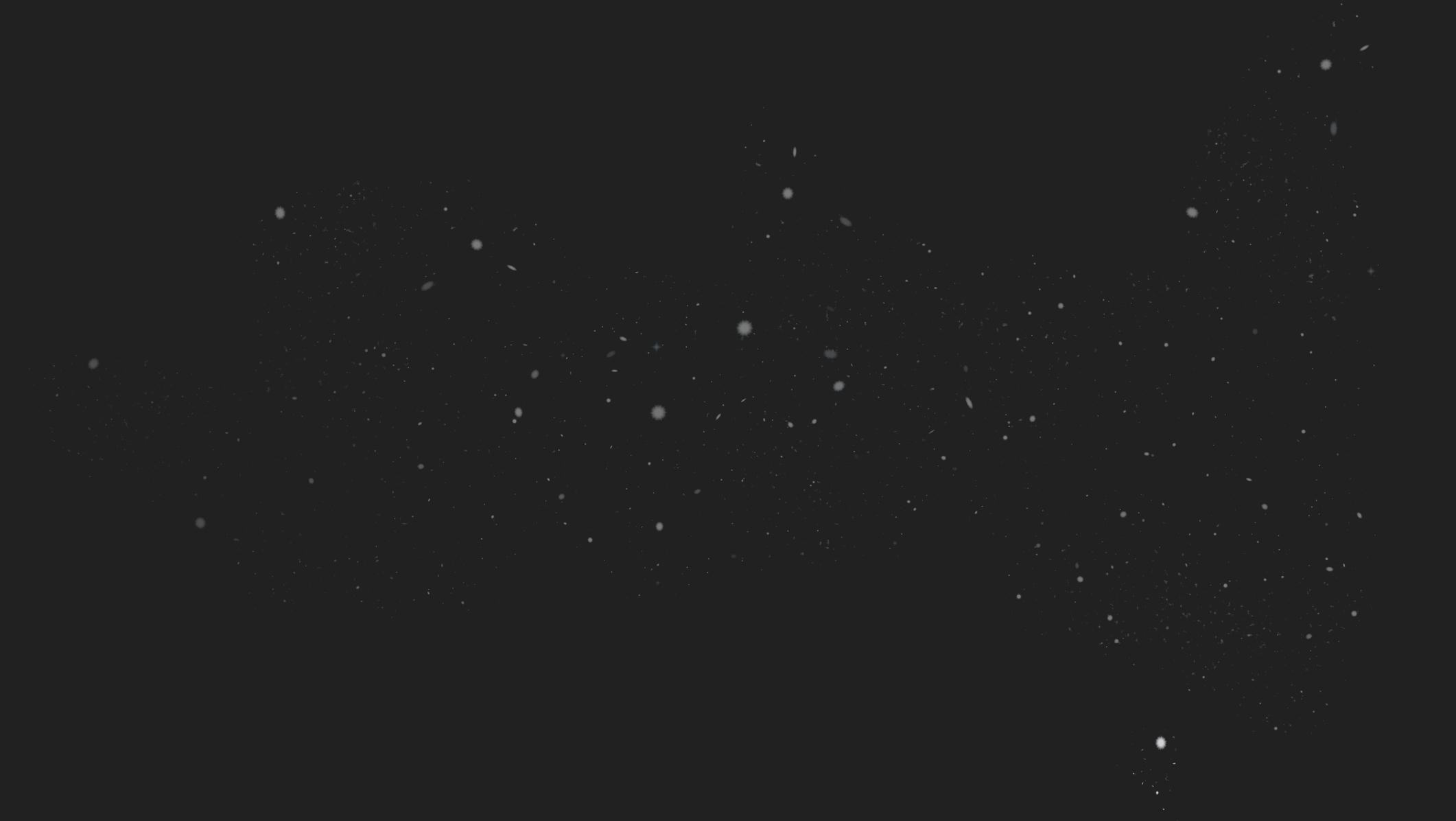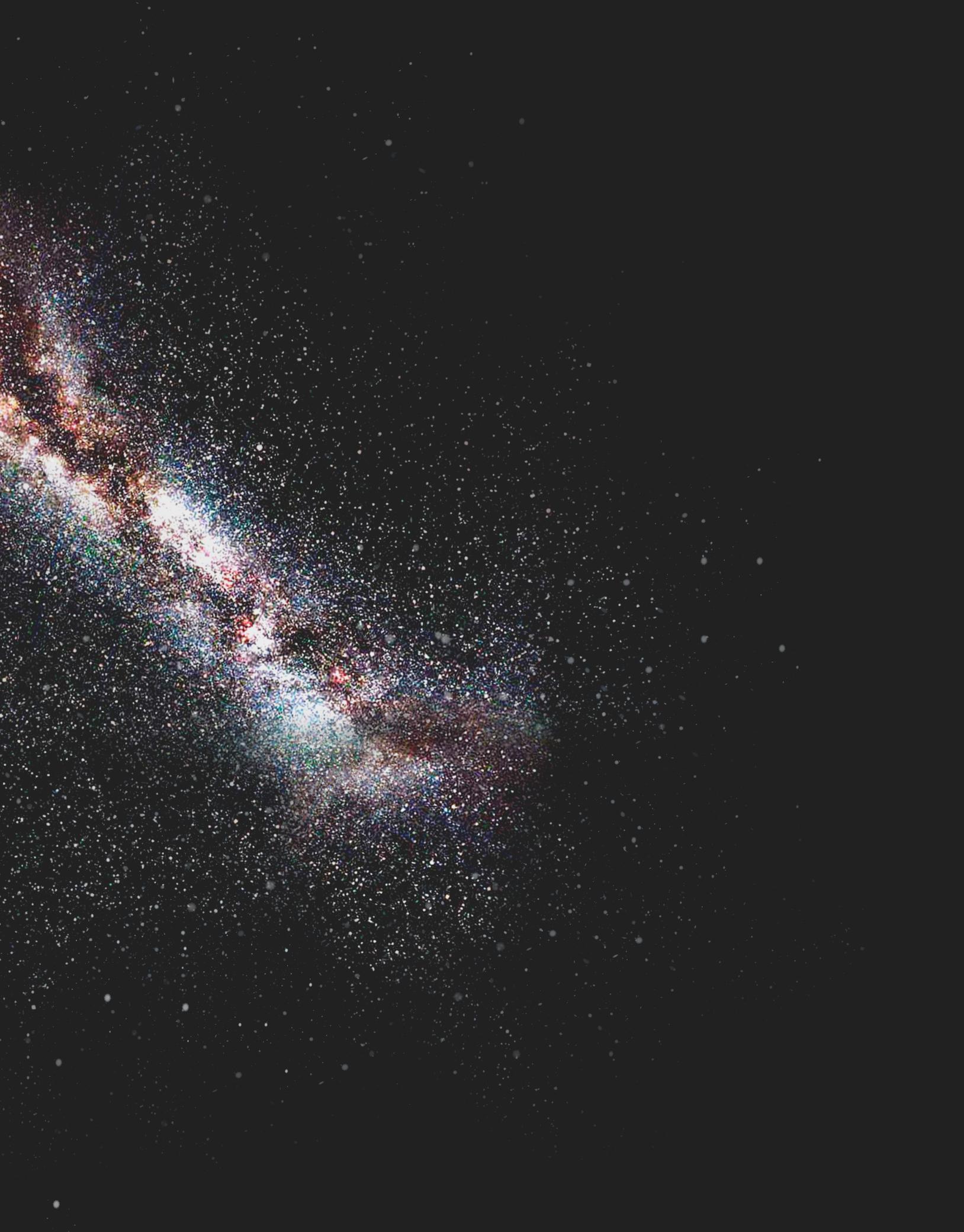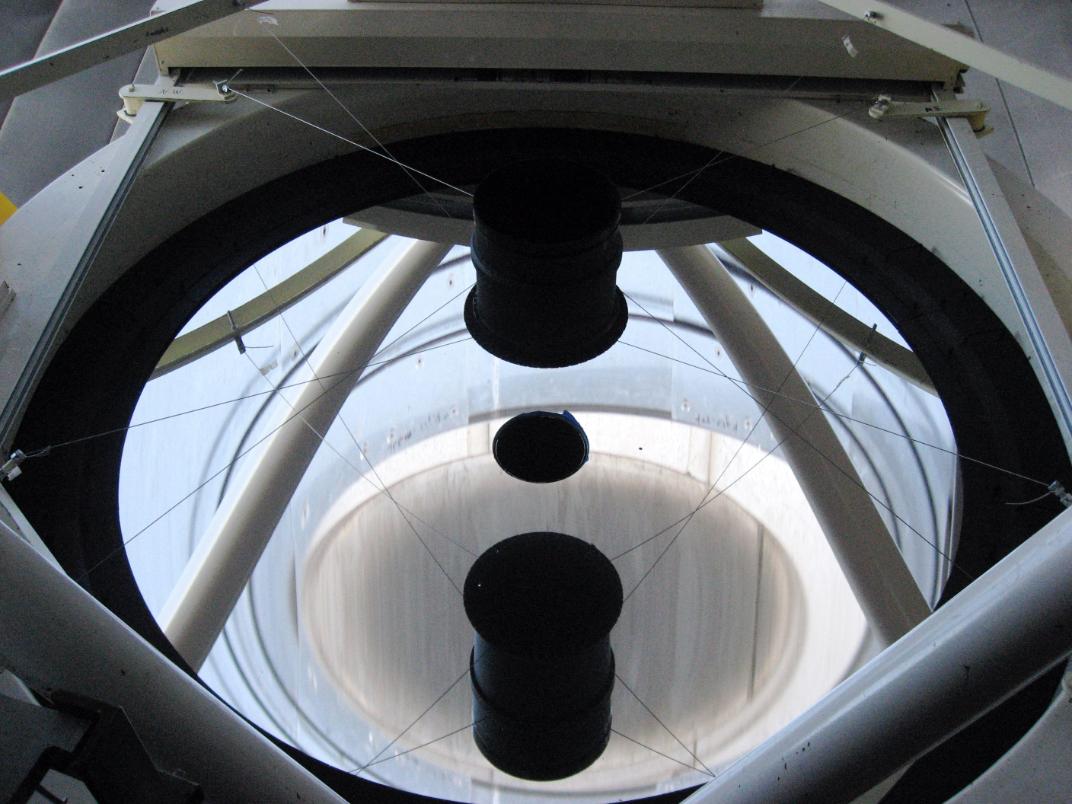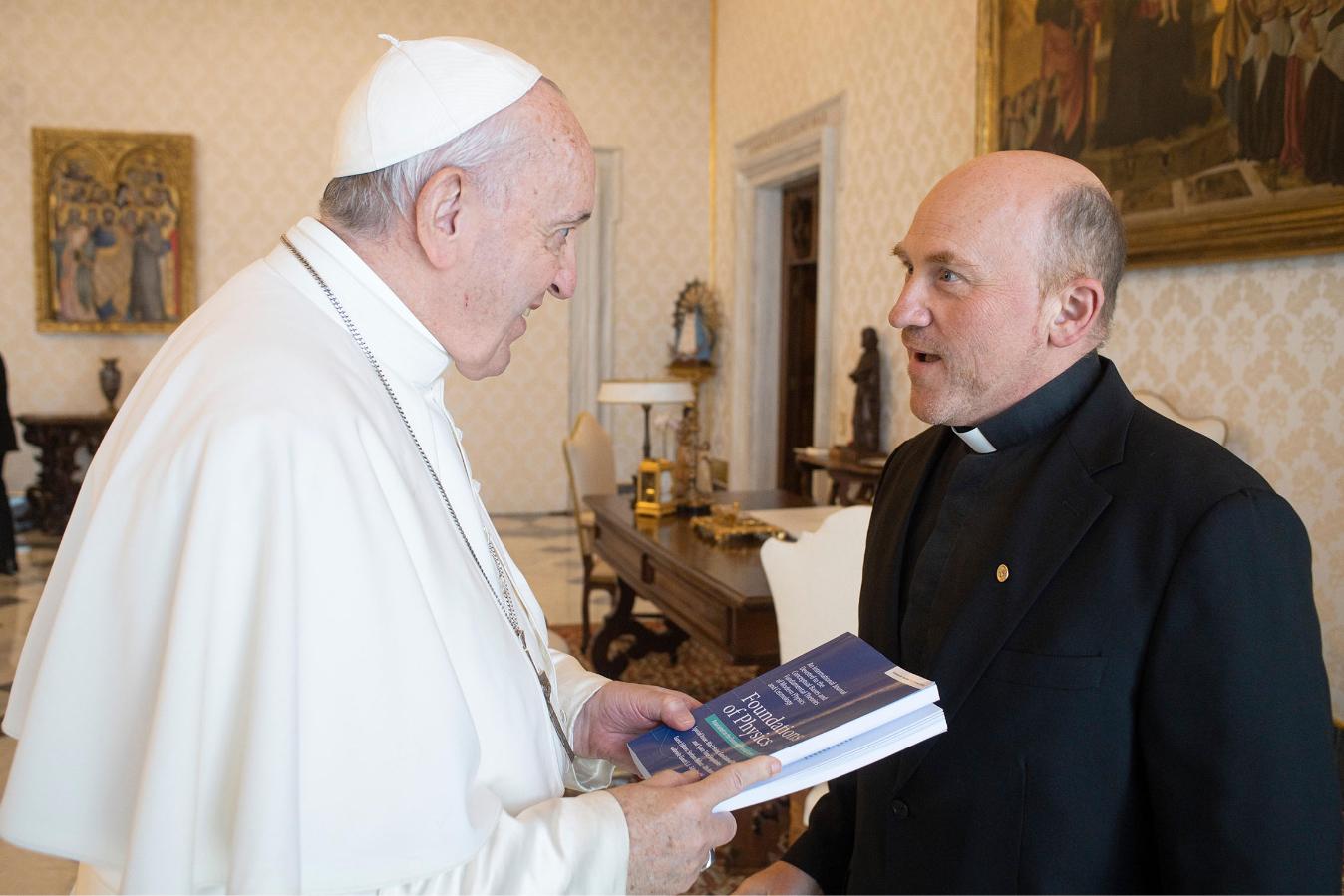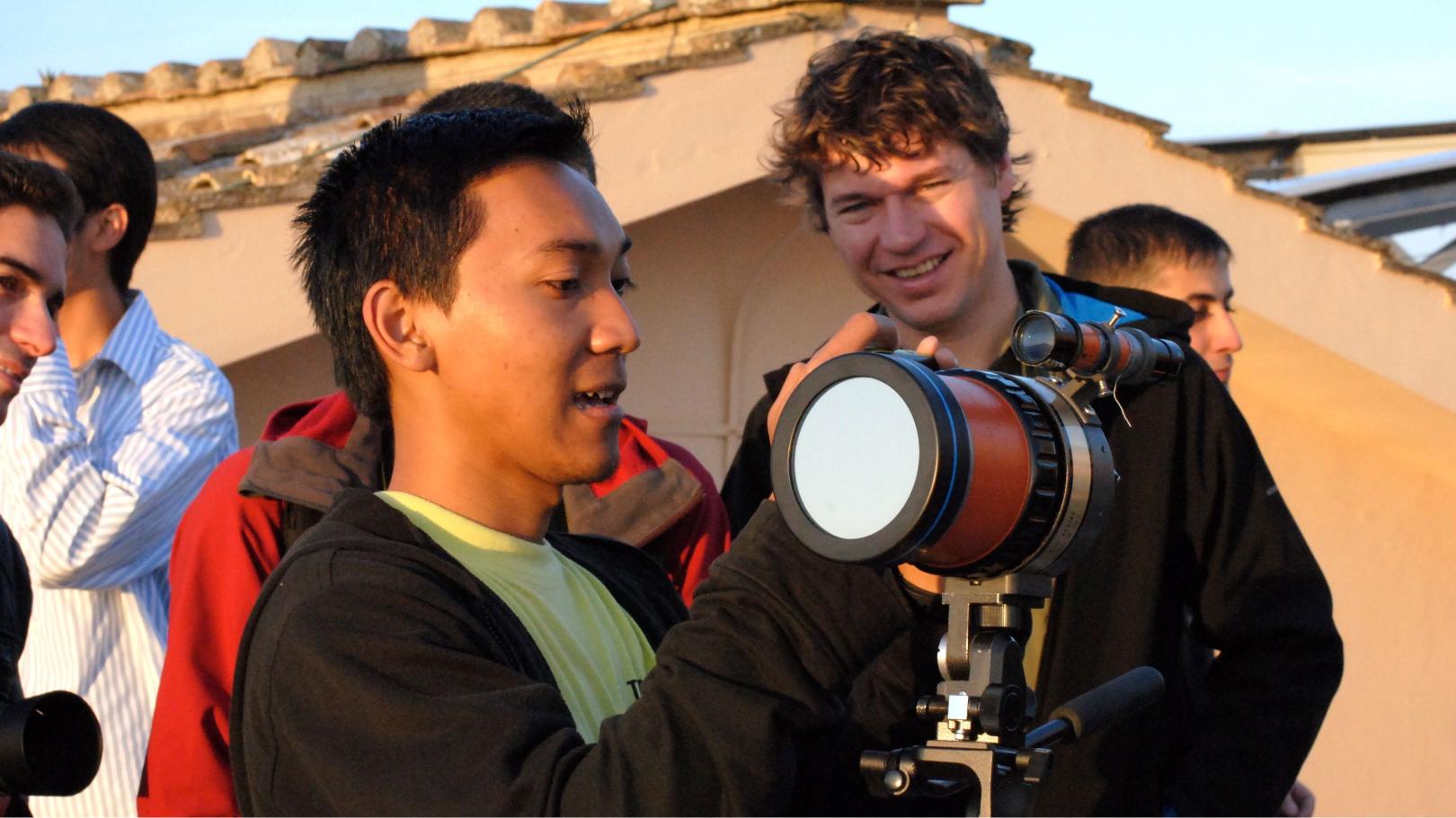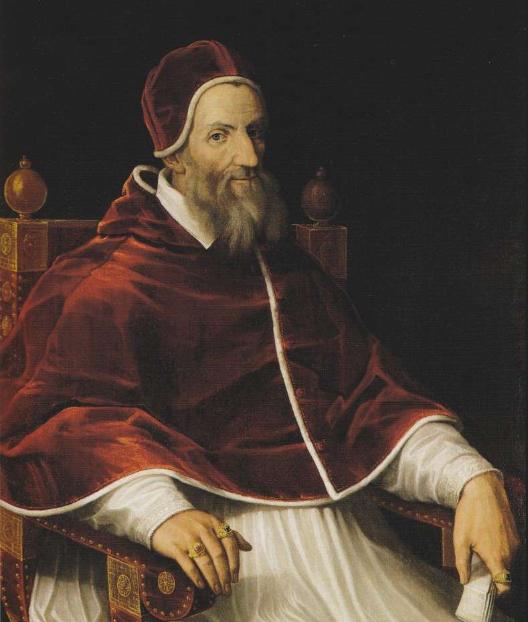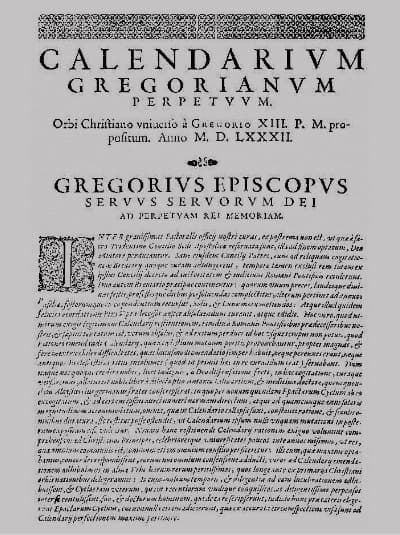Free from the pressures of tenure and grant proposals, Vatican astronomers can specialize in survey projects that last for decades:
- From 1891 until the 1950s, 18 nations including the Vatican, produced the Carte du Ciel (Map of the Heavens), the first photographic atlas of the stars.
- The first laboratory spectra of compounds found in stars was published by the Vatican Spectrochemical Lab from the 1930s until the 1970s.
- A project to characterize the colors of open cluster stars embedded in gas and dust clouds has been in progress since the 1980s.
- To match the famous Hubble Space Telescope survey of distant galaxies, Vatican astronomers helped produce a similar catalog of nearby galaxies.
- The Vatican Observatory has set up three sky camera systems to record bright bolides and faint meteors entering Earth’s atmosphere over Tucson and Rome.
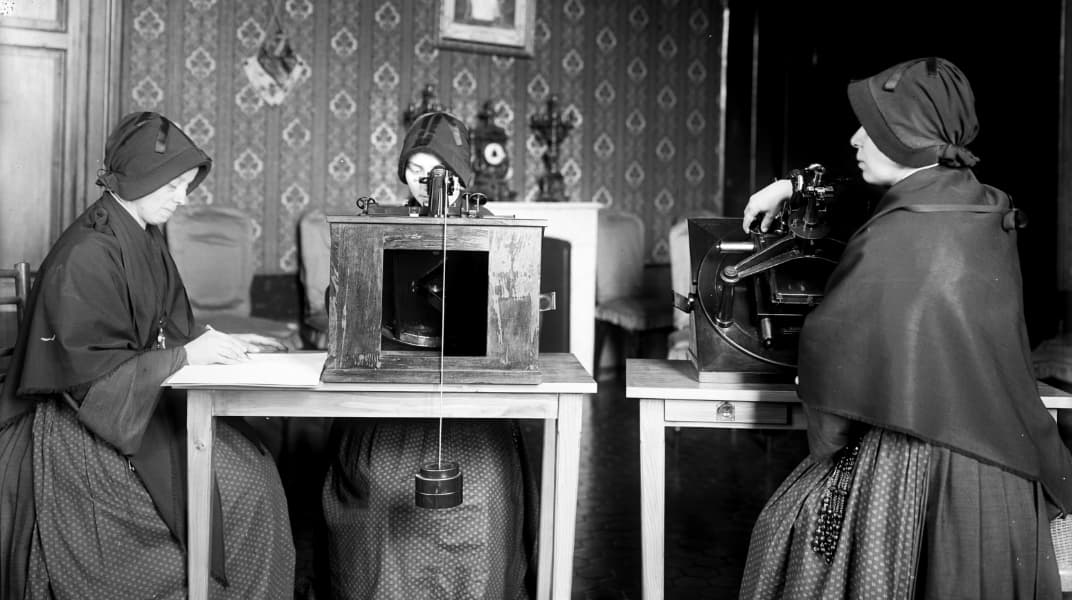
Sisters of the Child Mary measuring star positions for the Vatican Observatory's Carte du Ciel project.
